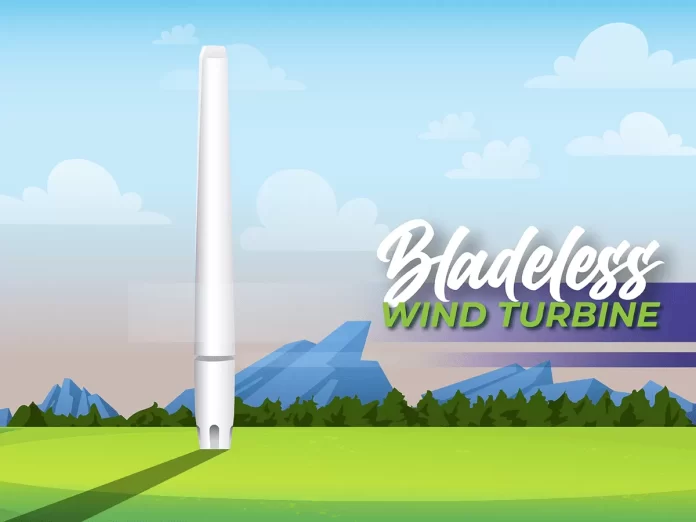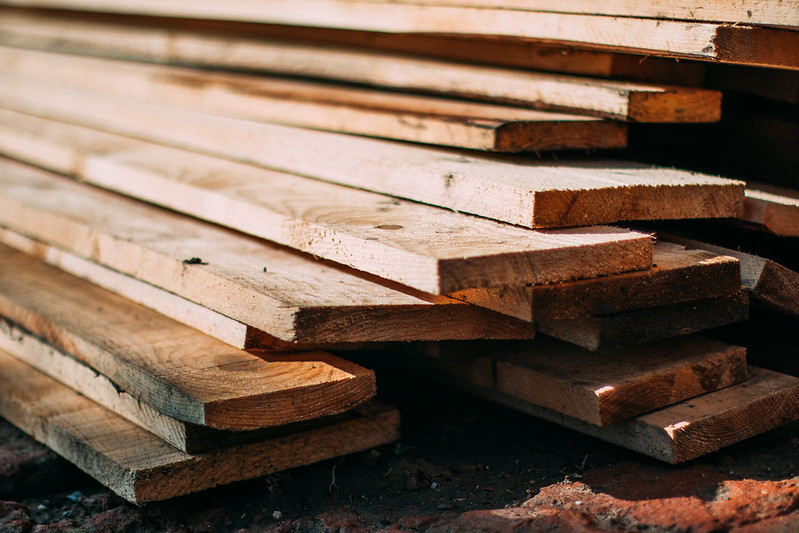India, boasting over 1.4 billion people and representing a diverse culture with multiple languages, stands at a critical juncture. Surprisingly, the transition to net zero provides a springboard for progress.
According to Enerdata, 70% of India’s energy is derived from fossil fuels such as coal and oil, the latter being largely imported. The highest energy-consuming sectors include Industry, Transport, Residential, Commercial, and Agriculture. Historically, these sectors have relied on centralized and capital-intensive structures, such as coal plants, oil and gas plants, and hydroelectric dams, contributing significantly to greenhouse gas emissions, environmental degradation, and hindering the aspirations of the youth. While renewable technologies offer promise, it is imperative not to repeat past mistakes of centralized thinking. Let us explore how each sector can prioritize a diverse and decentralized strategy to achieve net-zero goals while enhancing prosperity for all citizens.
Industry – Leading the Change
Corporate Strategy
The immediate imperative for every company is to establish a core sustainability team tasked with driving net-zero initiatives across the organization. Unlike superficial ESG initiatives, genuine sustainability efforts permeate every facet of the company’s operations. Resources such as the book “Zero-Carbon Industry,” peer-reviewed articles, educational workshops, and insights from myriad sustainability startups offer invaluable guidance for driving net-zero initiatives.
For instance, the University of Maryland, USA, has isolated a specific algal strain capable of consuming 100 percent of greenhouse gas emissions produced during industrial processes. Startups like HY-TEK Bio, USA, have commercialized this technology, aiding companies in capturing flue gases while yielding valuable byproducts for various industries, including pharmaceuticals, nutraceuticals, and biofuels.
Manufacturing Strategy
The industrial sector, notorious for its greenhouse gas emissions, is witnessing transformative innovations. Several startups are producing green steel. Advanced green composites are even replacing steel in certain sectors. MIT, USA, has shown that wood can be produced in a lab by using cells from the common zinnia plant. Similarly, companies are replacing synthetic chemicals with organic alternatives, and others are pioneering green cement production. Innovators like BioMason, USA, produce bricks and bio-cement using microbes, while BluePlanet, USA, utilizes microbes to capture CO2, fostering sustainable construction practices.
Furthermore, startups like MINT Innovation, New Zealand, use microbial processes to extract metals from used electronic gadgets. Solarcycle, USA, extracts precious metals from used solar panels. Thankfully, these startups are disrupting traditional greenhouse emitting mining practices. We need such diverse business models for net-zero solutions.
Wastewater and Water Treatment Innovations
Wastewater treatment plants represent untapped potential. For instance, Malvankar Labs, led by Dr. Nikhil Malvankar of Yale University, USA, has explored the electricity-generating capabilities of Geobacter sulfurreducens bacteria, offering sustainable solutions for renewable energy production from wastewater. Additionally, startups are leveraging microbes to extract valuable ingredients for fertilizer production, presenting substantial cost-saving opportunities for India.
Several water bodies and wetlands spawn the length and breadth of India. Unfortunately, most are sick or converted for commercial purposes. Water bodies provide myriad ecosystem services. Fortunately, one startup Vaidic Srijan founded by Madhukhar Swayambhu is making a difference in curing these water bodies using Vedic technologies. See the link: https://www.iamrenew.com/interviews/cownomics-resurrects-entire-ecology-around-water-bodies-madhukar-swayambhu-founder-vaidic-srijan/
Material Science for Sustainability
Material scientists need to reimagine waste as a resource. Converting wastewater into permeable materials for road construction not only addresses environmental concerns but also fosters a circular economy, replenishing groundwater levels and avoiding waste to be dumped into oceans and choking marine life.
Hydrogen Economy – May not be the Right Solution
Recent findings by Princeton University and National Oceanic and Atmospheric Association, based in USA has cast doubts on hydrogen. A spike in hydrogen emissions due to unavoidable leaks means more of the hydroxyl radicals (OH) produced naturally in limited quantities is used up to breakdown the hydrogen – low levels of OH can exacerbate accumulation of methane. See the link:
Transport – Creating a Better Tomorrow
Innovations in Sustainable Mobility
Breakthroughs in battery technology, such as metal-free biodegradable batteries, coupled with organic solar photovoltaics, offer self-charging capabilities for vehicles. Piloting these technologies with auto-rickshaws, street food carts, and two-wheelers can pave the way for larger-scale adoption. Policy measures promoting shared mobility services over private vehicle ownership can further reduce congestion and greenhouse gas emissions.
Residential and Commercial – Building for the Future
The residential and commercial sectors are witnessing rapid modernization, driving energy demand. Blade-less windmills integrated with bifacial vertical photovoltaics offer space-efficient solutions for energy generation. Such models can also be piloted on discarded cruise ships to serve the energy needs of coastal cities. Blade-less windmills generate higher energy than solar and are cheaper versus solar. Startups such as Harmony Turbines, USA, are taking on the challenge of designing windmills for urban settings that tend to have lower wind speed.
Innovative products from HomeBiogas, Israel, enable households to produce cooking gas and fertilizer from food waste, contributing to sustainability.
Other Energy-saving Innovations
Advancements in reflective paints and plant-based daytime radiative cooling (DRC) technology obviates the need for air conditioners. Liquid CO2 washer-cum-dryer systems offer energy-efficient alternatives for laundry needs, reducing water and electricity consumption. It can be piloted to serve the needs of hotels and hospitals, prior to large scale implementation of pick-up cum drop-off laundromat businesses, each catering to about 50 households.
Agriculture: Sowing the Seeds for Change
In the agriculture sector, a combination of blade-less windmills with bifacial vertical PVs can be aesthetically integrated in less space compared to horizontal solar panels. Current bladed windmills pose threats to birds, bats, and owls, thus adversely impacting agricultural output. Manufacturers must be required to paint one of the blades black. The Norwegian Institute of Nature Research has demonstrated that this simple fix reduced the bird death rate by 72%.
Soil and Carbon Sequestration
Soil is the second-largest carbon store after oceans. The vitality of soil health is influenced by the content of organic matter, which further supports a robust soil microbiome. Several startups are now engaged in improving the soil microbiome. Ancient indigenous practices such as “panchagavya,” the five ingredients from the cow, have demonstrated excellent results in improving soil health.
Strategy for Disruptive innovations
Monoculture crops such as cotton and coffee are degrading several million hectares of land. New disruptive models, such as growing cotton in a lab like GALY, USA, could reduce our water and land use by 80%, allowing farmers to utilize the freed-up land to grow more diverse fruit-bearing trees and contribute positively to GHG reduction while doubling their revenue. A similar analogy applies to coffee, meat, or leather that can now be grown in labs.
Startups like Terviva, USA, imported the ancient Pongamia tree from India and grow them on degraded land in Florida. Its nutrient-rich pod contents are sold to the food and fertilizer industry. We need to emulate such models by leasing our degraded lands to private entrepreneurs. Social scientists need to implement behavior change strategies to shift citizens to minimize their rice consumption and switch to millets as a strategy to improve public health and lower methane levels attributed to rice cultivation.
Technology: Powering Energy Efficiency
Artificial intelligence and cryptocurrencies, despite their energy-intensive nature, hold potential for optimizing energy usage. Leveraging AI to develop energy-efficient software solutions and promoting sustainable blockchain practices can mitigate their environmental footprint.
Our Path Forward
A well-balanced strategy, informed by technology, biology, and microbiology, tailored to each sector, is essential for achieving net-zero emissions. Establishing supportive ecosystems in higher education & vocational education and embracing nature-inspired solutions from the East and the West are critical steps towards realizing this vision.
Note: The author has no financial interest or connection to the companies mentioned in this article.
Ram Ramprasad is a sustainability advocate and author with graduate degrees from Yale University, USA, and Madras University, India. With a background in global marketing, he has contributed to environmental publications in India and abroad, championing sustainable practices for a brighter future.













This information really helped. Thank you.